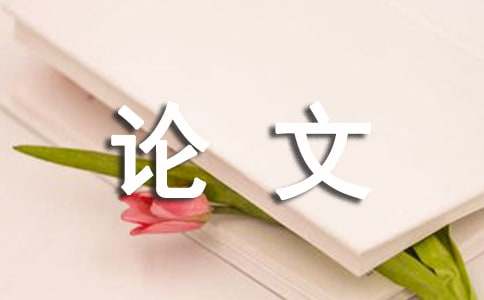英语专业翻译方向论文开题报告
How to Deal with Ellipsis in English-Chinese Translation

I. Purpose and Significance
With the development of globalization, the world’s political, economic and cultural communications are becoming increasingly frequent. Therefore, the role of translation cannot be ignored. However, the differences between English and Chinese cultures that are reflected in the two languages pose considerable difficulty.
It is acknowledged that when doing translation one can not translate word for word, or sentence by sentence. Therefore, we must use some translation strategies such as amplification, ellipsis, conversion and so on. Ellipsis as one of the basic translation methods plays an essential role in English-Chinese rendition. Translators apply it in order to make their versions more coherent and understandable.
According to the Oxford Advanced Learner’s English-Chinese Dictionary, ellipsis means leaving out a word or words from a sentence deliberately, when the meaning can be understood without them. Ellipsis in translation does not mean cutting some content from the original articles. What could be omitted are words that are useless in translated works or else they will make the versions redundant or disobey the manner of expression in another language.
Some words and phrases are useless in Chinese but necessary in English. Articles in English are the most significant phenomenon from this aspect. They are very important in English, but we can hardly see any reflection of this part in Chinese. Ellipsis is designed on the basis of faithfulness to the original text, making it more fluent, smooth, concise, thus conforming to idiomatic Chinese. The paper will explore ellipsis in English-Chinese translation from five aspects, which are ellipses of pronouns, conjunctions, articles, prepositions, modifications, so as to achieve smoother and clearer communications among China and English-speaking countries.
II. Literature Review
Long before, some people began to learn other countries’ languages to understand others cultures. In China, Xuanzang was the first translator who not only translated the Sanskrit sutras into Chinese, but introduced the first Chinese writings to foreign countries, making foreigners understand China’s ancient culture. Meanwhile, he was the first to translate Lao Tse's works into Sanskrit. Indian scholars had a high opinion of Xuanzang, "In China, there is no such great translator, and also in the human cultural history, we can only say that Xuanzang is the first great translator."(Ye Lang, 2008) We can say that it was Xuanzang who motivated people to know the different parts of the world, their cultures and the peoples who live there. Then, some big countries such as America, China, and so on became a melting pot.(Gu Zhengkun, 2000) People have imperceptibly spent thousands of years in knowing each other.
With China’s entry into WTO and its open-up policy, cross-cultural exchanges are increasingly frequent between this country and others. A lot of foreign tourists come to visit China. While traveling, these foreigners are not satisfied with the translations of the scenic spots. Sometimes, they even feel confused. A lot of problems exist in the translation, such as misuse of words, poor expression of meaning and so on. All of these poor translations do harm to our country’s international image, and cause a lot of inconveniences for the foreign visitors. (Ma Zuyi, 2000). I am fond of tourism and being a free tourist like the others who are good at enjoying their wonderful lives. The love of tourism makes me feel the need to improve the translation. But every time when I have a trip, many unsuitable translations of the names of those scenic spots will embarrass me. Tourism is part of intercultural communication, so proper translation of the scenic spots become more and more important to our country.
Communication plays a significant role in the globalized society. In order to know each other better, people from all over the world have tried a verity of ways. Of course, translation is one of them. All translators have done their best to make the translated works more consistent with the needs of people.(Gu Jinming, 1997) From my perspective, they really have done a great job. And I want to retrospect the cause of their development. After a thorough evaluation, I choose a branch of translation—ellipsis in translation from English to Chinese, then I did the following jobs.
I put all my researches and other stuffs together, and then I found that it is a common case in English and Chinese which draws much academic interest. In 1976, Halliday and Hsan classified ellipsis into nominal, verbal and clausal ellipsis. This classification exerts great influence in academic circle. Thereafter, ellipsis in Chinese and English has been studied according to this theory, which is based on different layers of structure. This kind of study underlines differentiations and similarities of ellipsis in Chinese and English.